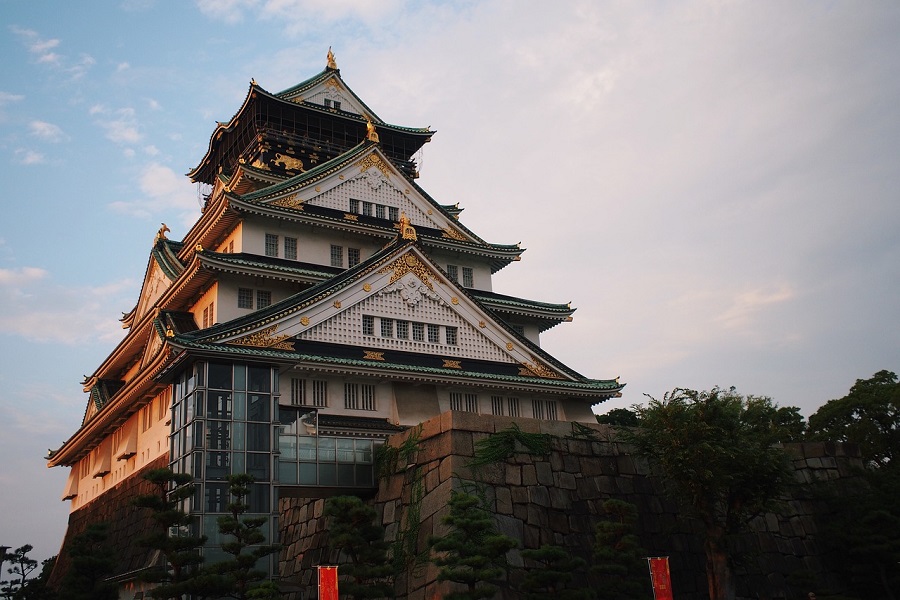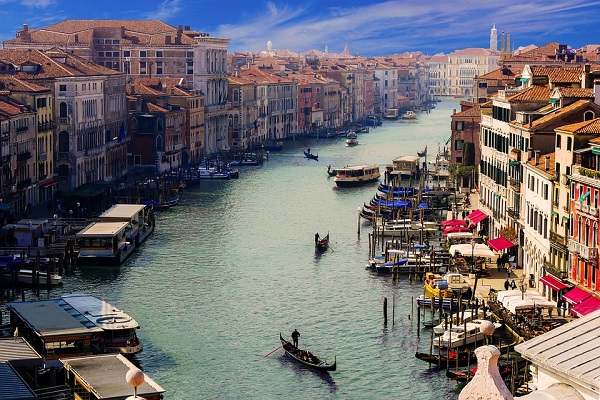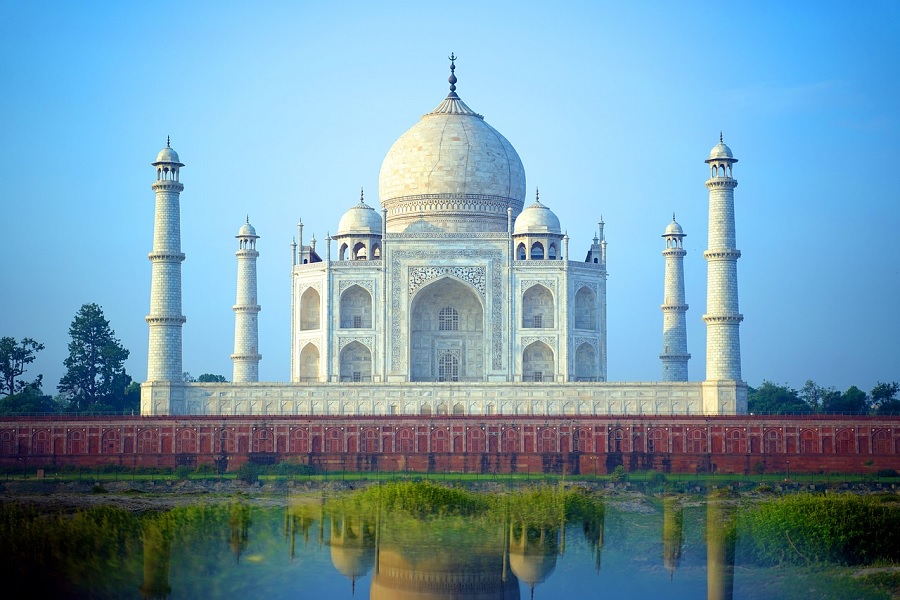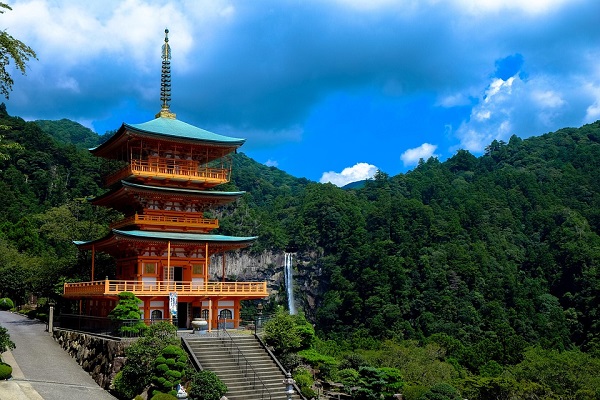Exploring Cultural Tourism: A Journey Through Osaka Castle

Cultural tourism allows travelers to immerse themselves in the traditions, architecture, and heritage of a destination. The image of the majestic Osaka Castle in Japan reflects how monuments and historical landmarks serve as gateways to understanding a nation’s cultural identity.
Osaka Castle, originally built in the late 16th century, stands as a symbol of Japan’s rich feudal history and architectural brilliance. Its intricate design, golden ornaments, and surrounding moats offer visitors a glimpse into the lives of samurai lords and the historical battles that shaped Japan’s destiny. Beyond being an architectural wonder, it is a cultural experience—inviting travelers to explore museums, witness cherry blossoms in spring, and participate in traditional festivals held around its grounds.
Cultural tourism, as highlighted by such destinations, is more than sightseeing. It is about connecting with the stories, art, and traditions that have shaped civilizations. By visiting places like Osaka Castle, travelers not only witness history but also support the preservation of heritage for future generations.
Whether it’s Japan’s castles, India’s forts, or Europe’s cathedrals, cultural tourism enriches travel by blending education with exploration.
























